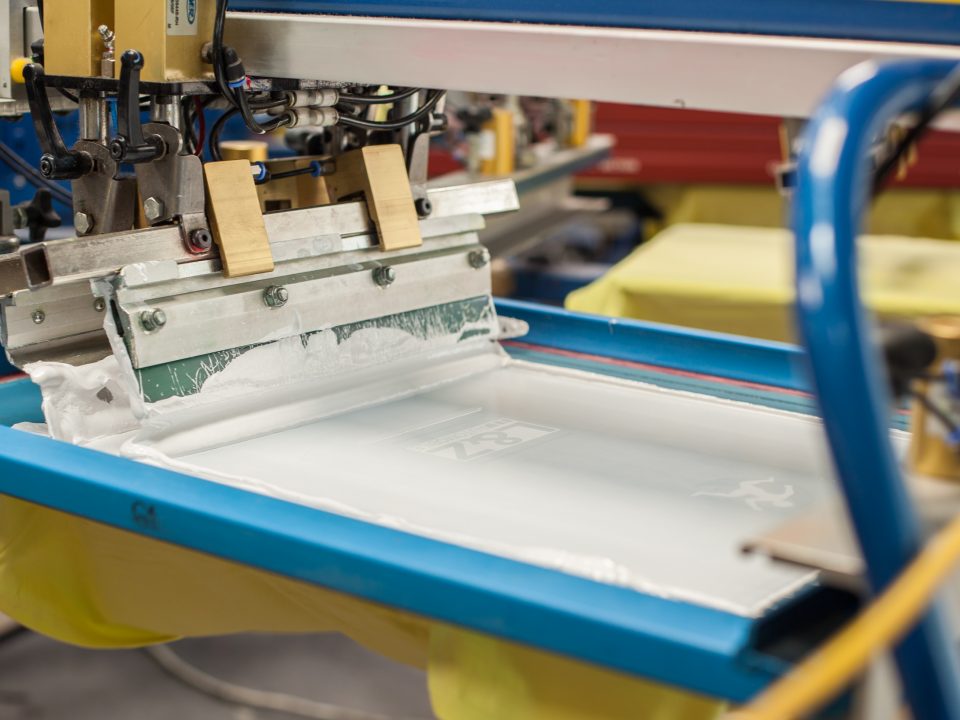HISTORY
Screen printing is a printing technique that uses screens to transfer colors and it is most commonly used to make clothes.
During the history, the method was also used to create works of art – in the twentieth century, screen printing went mainstream because of Andy Warhol! He used the method to create his, today very popular, works of art. Aside from Warhol, other famous artists also used it for the same purposes.
What many people don’t know is that screen printing is one of the oldest printing methods. It all started in ancient China… From there, it spread to Asia. It arrived in Europe in the eighteenth century. In the twentieth century, S. Simon patented the technique in England. Throughout its history, screen printing technique hasn’t changed much because it didn’t have to — it simply works. In the future, it is to expect it won’t change a lot. What we will probably be able to see in the future are tools that will optimize the process.
THE PROCESS
Regardless if it is performed by a machine or a person, the process is pretty much the same. Firstly, the artwork has to be created.
Screen printing is a technique that needs colors to be placed on one layer each, so designers need to operate with applications that allow them to separate the colors like Photoshop, Illustrator and Corel Draw. The artwork should be saved at 300 d.p.i. quality. Vectors are preferred to pixels because they are easier to handle. Compatible formats are PSD, JPEG, TIFF, PNG, GIF, and BMP.
In this method, the ink is pressed against a mesh or stencil to print a specific design on the desired material. The liquid only transfers to the parts the screen permits. Since only one color can be used at a time, a different screen must be made for each one. Screens can be used again if they’re washed carefully.
FABRICS & COLORS
When it comes to fabrics, natural fabrics are better than synthetic ones – they absorb liquids better. Our advice is – stick to cotton. If you want something more affordable, the best choice would be a blend of cotton with something like polyester. The less colorful a design is, then the cheaper it will be to produce. This method works better for larger orders.
Here at Masaprint, we use plastisol and water-based colors, print up to 14 colors in a range of sizes up to 50×70 cm and have the experience required to produce great-looking prints on most fabric types.
We help you choose the best, and we never fail to meet your needs. Contact us for more details and find out how we can cooperate.


